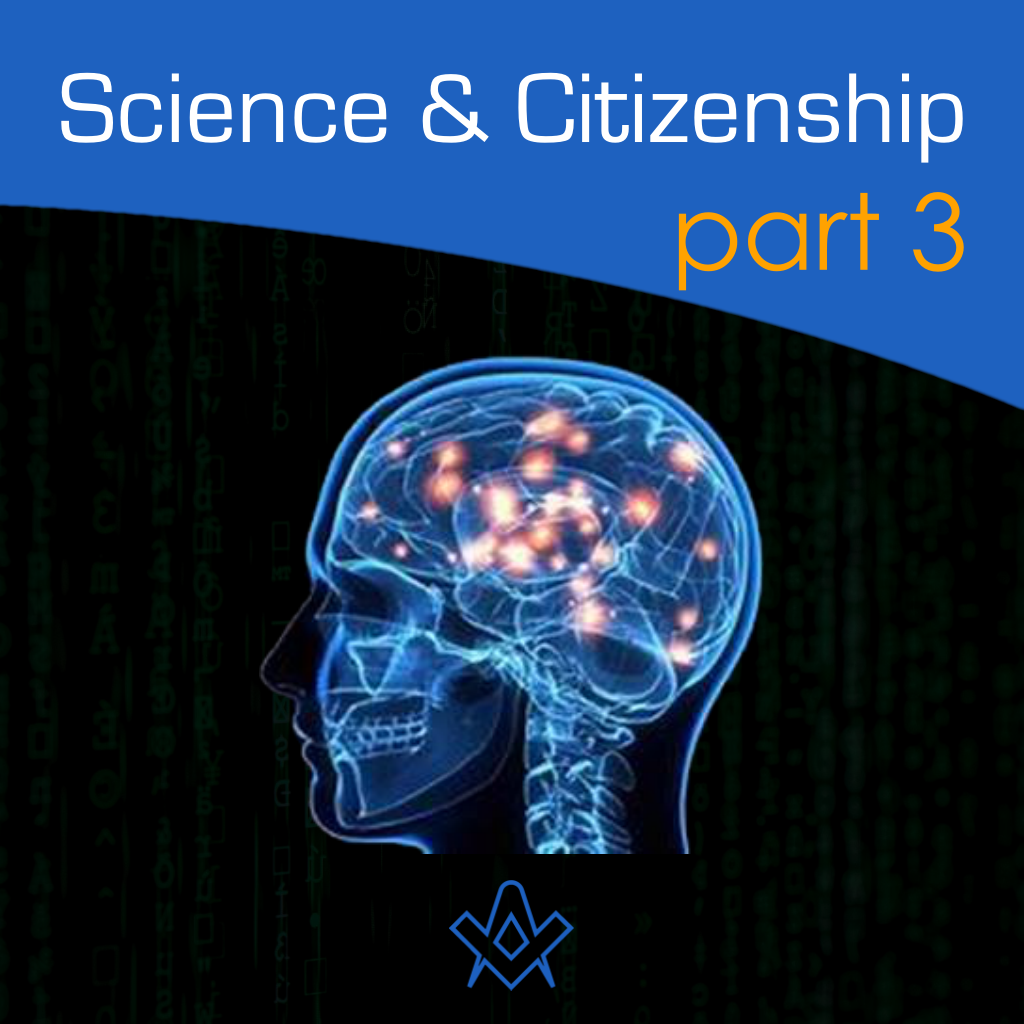A fourth industrial revolution (hereafter IR4), based on nanotechnology, artificial intelligence and robotics, was declared at the 2016 World Economic Forum in Davos.
This four-part series will suggest for readers of The Square, a basis for acquiring a 21st Century Masonic Mindset, hopefully, it will lead to a future-proofing of ‘Freemasonries’.
The term ‘Freemasonries’ will be employed to indicate that there is not a homogenous Freemasonry beyond the specificity of Jurisdictions.
Influenced by the universally recognised works of Yuval Noah Hariri (2014-9); and, Andreas Önerfors’ Freemasonry: A Very Short Introduction, (OUP, 2020), these articles will be titled:-
(i) Freemasonries and governance;
(ii) Freemasonries and religiosity;
(iii) Freemasonries and the Fourth Industrial Revolution; and,
(iv) Freemasonries universal: towards a universal civil society.
Towards a 21st Century Masonic Mindset: Science & Citizenship.
Part 3 ‘Freemasonries’ and the Fourth Industrial Revolution (IR4).
The rituals of some ‘Freemasonries’ commend the study of nature and science.
Nature – the physical universe – is the subject of study.
Science – scientific methodology – is the paradigm within which nature is studied and then described in terms of prediction and control.
This Science and Citizenship four-part series seeks to draw together understandings of the physical universe and of citizenship universal.
Part 4 [published in The Square Magazine January 2021 issue] will consider how members of ‘freemasonries’, with their study of nature and science initiated as ‘citizens of the world’, might be effective in an IR4 citizenship universal.
The Constitutional Second Charge of a Freemason, Of the Civil Magistrate Supreme and Subordinate….’ requires Masonic compliance with statute.
Little did either Anderson, author of The Constitutions, or the original Royal Society Freemasons, ever imagine that the Grand Lodge would be required to send letters (1986, 1998 and 2018) advising its members on compliance with Data Protection regulation.
That is to say, the Second Charge applies to sub-atomic charged particles – electrons.
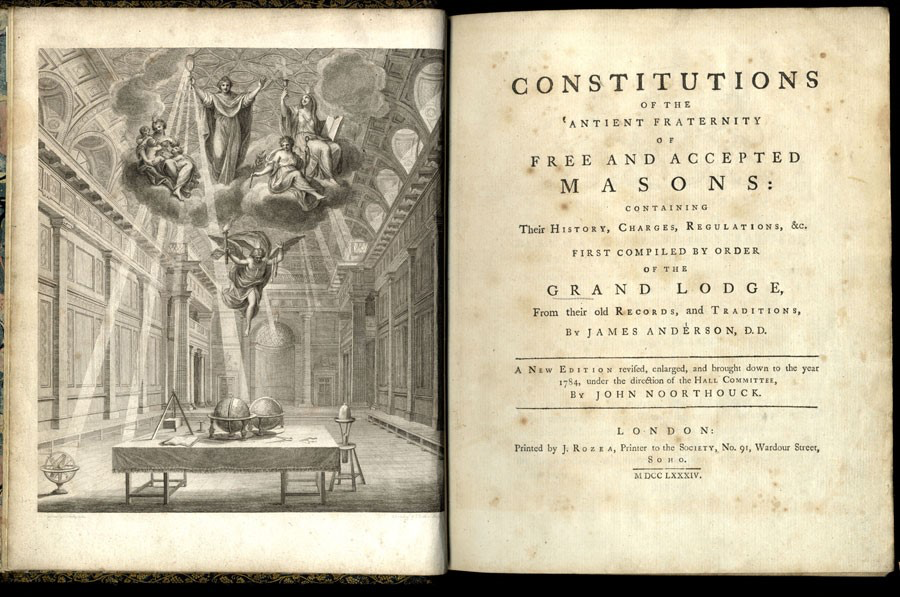
Anderson’s Book of Constitutions, 1784
IMAGE LINKED: wikimedia Attribution 4.0 International (CC BY 4.0)
The 1st Industrial Revolution (1717-1869)
Based on iron, coal, steam and Newtonian scientific methodology, initiated citizens into increasing urbanisation.
Urban employment led to interdependency among employees and by awakening the feelings to claims on their charity, the formalisation of mutual support in times of need.
It marks the introduction phase of speculative Freemasonries, seemingly with some lodges acting as putative chambers of commerce.
The 2nd Industrial Revolution (1870-1983)
Based on steel, electricity and oil, created mass urban employment which conferred mass economic status on employees and therewith facilitated participatory citizenship.
Einstein, Planck et aliaprovided radical descriptions of nature by means of radical scientific methodology.
The potential outcomes of which were a threat to the planet; the realisation of which presaged a putative citizenship universal, the United Unions.
Identity was beginning to be in terms of a relationship with technology.
‘religions that lose touch with the technological realities of the day forfeit their ability even to understand the questions being asked’
Hariri, Homo Deus p.271
Perhaps the same applies to decision-making processes in government and civil society: in recent elections, what had been candidates’ policies on Artificial Intelligence?
The growth and maturity phases of Freemasonries occurred during this period, which was the apotheosis of their influence in, and on, government, business, and civil society.
The 3rd Industrial Revolution (1984–2015)
Based on silicon, electronics and the Disk Operating System;
‘Word’ was found and the promise of ‘Windows’ onto a ‘World without Walls’.
Economies morphed from being material-based to knowledge-based. With postmodernism giving way to post truth, pursuit of ‘knowledge of the self’ was as seeking to know the ‘true’ colour of a chameleon – it doesn’t have one – there is no deus ex machina.
In part, this may explain the decline phase of Freemasonries during this period.
![]()
Industrial Revolutions 1st – 3rd were realised with the ownership and control of land and capital

KUKA industrial Robots
IMAGE LINKED: wikimedia Attribution 4.0 International (CC BY 4.0)
Blue collar robots (lit. slaves/servants) replaced millions of manual operators during the Third Industrial Revolution.
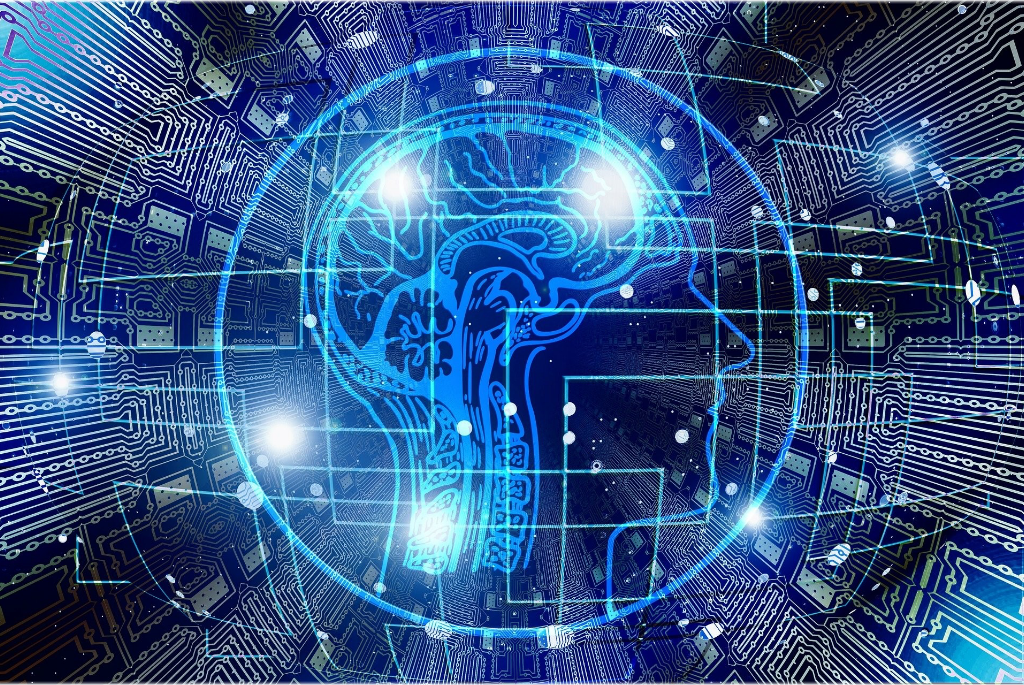
Image by Gerd Altmann
IMAGE CREDIT: Pixabay Attribution 4.0 International (CC BY 4.0)
A 4th Industrial Revolution
As identified in 2016 at the World Economic Forum, is based on nanotechnology, artificial intelligence, and robotics: it is being realised with the ‘ownership’ and control of data.
This ‘Fourth Step’ has been written in terms of Sapiens being ‘Exalted’ into Homo Deus.
Nanotechnology is the physics of manufacture at molecular level.
Factory produced organ replacements (biotechnology) and micro-circuits (information technology); and when conjoined, mitigation of human indisposition.
Human functionality, although adapted over eons of evolution, will be able on demand, online, to realise unprecedented daily improvement.
Artificial Intelligence (A.I.) is intelligence without consciousness.
Each keystroke and click is capable of being harvested by those with the ‘ownership’ and control of data.
Devices connected with ‘big data’, processed by algorithms (sets of instructions) can ‘know us’ and inform our choices.
Whilst the rationality of Enlightenment (‘The Age of Reason’) was deemed foremost, its ‘romantic’ component was understated.
Most of what we say and do can be understood as – emotive and subjective – stimulus and response.
Importantly, feelings can now be recognised, captured, stored and manipulated.
When online, ‘awareness’ can be bypassed with intrusion into what may have been considered as private human experience and space.
Such intervention militates against the concept of human freewill as with A.I., systems might ‘know us better than we know ourselves’.
By accepting universal search engines, it has to be accepted that, ‘they search us more than we search them’ (Hariri) and that they influence our choices.
Robotics in IR4 moves to ‘white collar’ robots embedded in silicon and in organisms; these are capable of undertaking professional and managerial functions/operations; and influencing decision-making.

By BruceBlaus. Blausen.com staff (2014). “Medical gallery of Blausen Medical 2014”. WikiJournal of Medicine 1 (2). DOI:10.15347/wjm/2014.010. ISSN 2002-4436
IMAGE LINKED: wikipedia Attribution 4.0 International (CC BY 4.0)
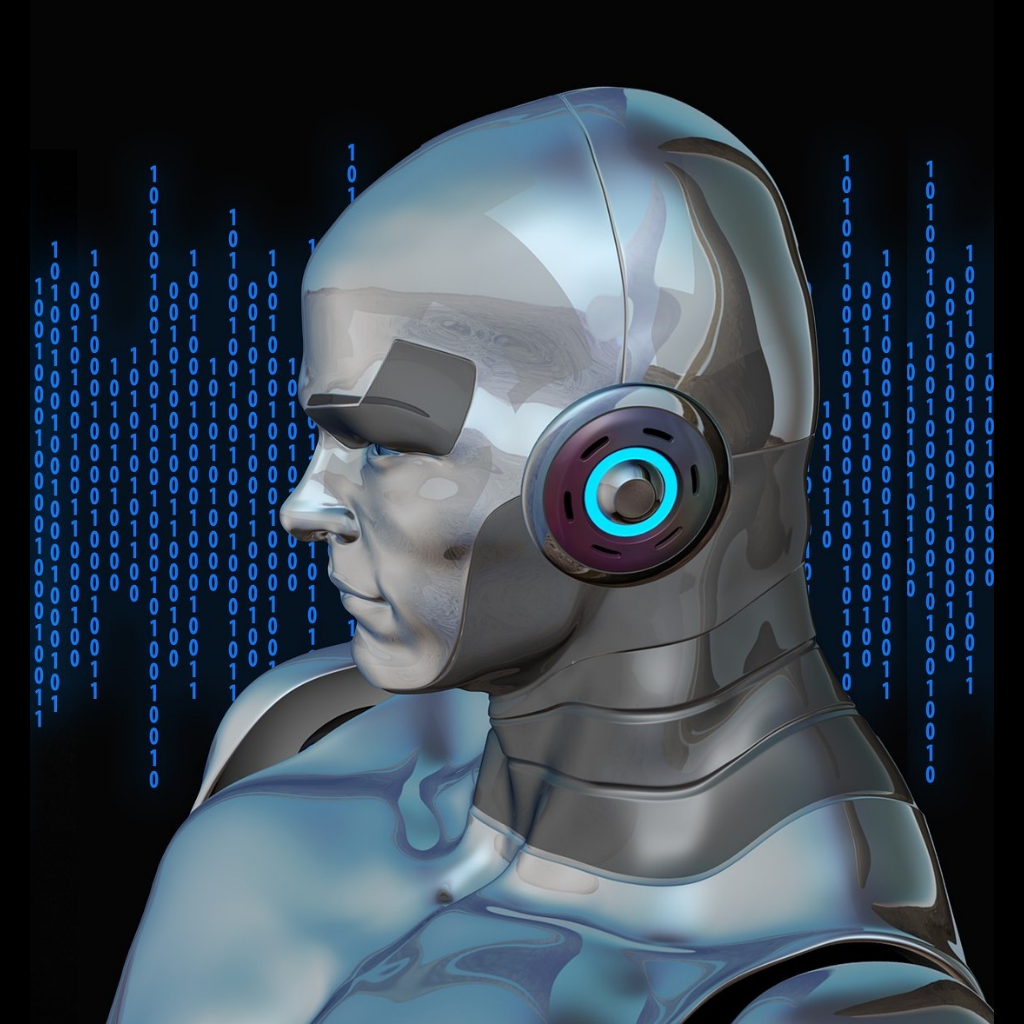
Image by anon
IMAGE CREDIT: Pixabay Attribution 4.0 International (CC BY 4.0)
In some elections there is the issue of other countries taking domestic jobs. Yet, Infotech is in the process of taking more jobs than are other countries: when will IR4 inform election debates?
What if an ear with cochlear implant was ‘connected’ to ‘big data’ and malign algorithms in a shotgun wedding of biotechnology and information technology?
If organisms can be understood as algorithms (both as sets of instructions) organisms will be programmable and hackable.
The organic algorithm of a single person could not possibly compete with ‘big data’ and massed algorithms.
If the British Prime Minister was correct when implying that algorithms can mutate, it entails that algorithms can rewrite their instructions as do some organisms in the process of becoming cancerous.
What in the IR4 of the 21st Century might be the ‘free’ in Freemasonries?
As indicated in Part 1, liberal democracy has been the ideological preference for Freemasonries. The four tenets (freedoms) of its story are:
- The majority knows best.
- The customer is always right.
- Equality is dependent on economic growth.
- I know myself better than anyone/anything else.
Just how significant these tenets have ever been is debatable; now, the scope for debate is becoming increasing limited.
A society rises from brutality to order. Barbarism is the age of the fact, and thus the age of order is necessarily the age of fictions [stories] – for there is no power that would be capable of founding the order of the body solely through bodily force. For this, fictional forces are necessary.
Paul Valery, French Poet, 1871-1945
‘Fictions’, ‘stories’, are the tools with which systems of human ‘order’ (control) are built.
They are not part of the structure but necessary for its construction.
The Hiramic Legend, with other influences, is the ‘fiction’, story, myth, lore, upon which most Freemasonries have been constructed.
The challenge has always been to individuate ‘order’/control from the ‘fiction’ underpinning it.
Within most Freemasonries, order/control is exercised at three levels:
(i) HQ – Grand Lodge
(ii) Provincial / County / District Grand Lodge
(iii) Private / Blue/ Local Lodge
For much of the last three centuries, this arrangement appears to have worked remarkably well as characterised by thinking jurisdictionally and acting locally.
‘We study the past in order to free ourselves from it’; as thereby informed, options, decisions and actions for the future – choices – can be made.
Nature possibly is; but technology is neither deterministic nor random.
Freemasonries must free themselves from the past, take into account ‘the science’ and as thereby informed, work towards building ‘the best of all possible worlds’ (Candide, Bro. Voltaire).
‘Knowledge of the self’ perhaps now is a less than helpful fiction and not a pathway to freedom.
The good of all is not achieved by individuals pursuing their individual good.
If there are universal challenges, they will need to be met with universal solutions.
To be part of this, those in Freemasonries will need to ‘follow the science’ and consider working cross-jurisdictionally.
The models, Football World Cup and the United Nations may provide clues.
To be relevant in IR4, members of Freemasonries universal will need to think universally and act locally.
Freemasonries with their citizenship of the world in universally conjoined working could have an explicit role in the stewardship of the universe: the alternative is extinction.
Conceivably, Freemasonries might only be able to exist by having their values incorporated into algorithmic sets of instructions.
The train is leaving the station:
![]()
will Freemasonries be ‘all aboard’?
Article by: Gerald Reilly

Gerald Reilly was initiated in 1995 into St Osyth's Priory Lodge 2063. Essex. England (UGLE).
He was a founder member of Josh Heller's Allthingsmasonic, and with Josh co-wrote 'The Temple that Never Sleeps' (Cornerstone Books, 2006) he is committed to the development of e-Freemasonry.
Awarded the Norman B Spencer Prize, 2016.
Book: by Gerald Reilly

The Temple That Never Sleeps
by Josh Heller and Gerald Reilly
Freemasons and E-Masonry Toward a New Paradigm
A revolutionary book for every Freemason.The two authors, American and UK Masons, present a radical view of Freemasonry for both today and tomorrow.
In addition to their ideas are those of numerous Internet Masons (E-Masons) from around the world who, by sharing the experience of their own Masonic journey, have provided stunning personal insight into the viability of the Craft in the Internet Age.
This book will challenge your understanding of Freemasonry today and how it might transform for future generations.
Recent Articles: by Gerald Reilly
 How can the allegory of the Tower of Babel teach us tolerance? Language can be a divide. Not confusion among languages but rather within language, a seriously unclear understanding of another’s world-view. We assume it is so different from our own and yet with clarity, a realisation there is more which unites than separates. |
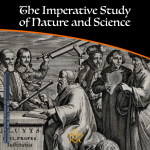 The Imperative Study of Nature and Science At some stage during Freemasonry's Second Degree, the candidate is advised that there is now permitted, something like, the extension of their research into the hidden mysteries of nature and science. Such is an excellent permission and one that each and every Freemason should pursue with awe and passion. |
 Pure Ancient Masonry; P4. A Companion in Rule, Building a better world P4. A Companion in Rule, Building a better world - The four parts of Pure Antient Masonry comprise the ‘body’ Masonic; they are the building blocks of the vital relevance, through enhanced citizenship, wherein the soul of Freemasonry abides. |
 Pure Ancient Masonry; P3. The Master, Building Better Character Part 3: The Master, Building Better Character - Being raised is a transition from knowledge to wisdom. |
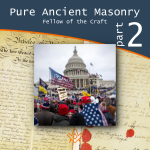 Pure Ancient Masonry; P2. A Fellow of the Craft Part 2: A Fellow of the Craft, Building Better Knowledge. Pure Antient Masonry consists of four parts. ‘Building the Temple’ is the fundamental Masonic allegory for building better people; this must be understood as a seamless whole: |
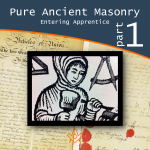 Pure Ancient Masonry; P1. An Entering Apprentice Part 1. An entering apprentice: Building Better Communities; Pure Antient Masonry consists of four parts. ‘Building the Temple’ is the fundamental Masonic allegory for building better people to build a better world |
 Pure Ancient Masonry; Intrduction This series will consider the defining characteristics, lessons and benefits of Three Degrees, the Order of the Royal Arch and when conjoined, Pure Ancient Masonry. |
 The Christianising of British Freemasonries - P4 This concluding article in the series considers the separation of British freemasonries from the Grand Orient of France (GOdF) and maintaining fraternity with the Prussian Grand Lodge of the Three Globes. |
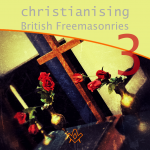 The Christianising of British Freemasonries - P3 Discover the battle for the 'soul' of Masonry. Part 3. French Perdition: ‘…for what fellowship hath righteousness with unrighteousness’? |
 The Royal Arch – ‘the fourth step in regular Freemasonry’ United Grand Lodge of England, has now designated the Royal Arch, the fourth step in regular Freemasonry, it therefore must be concluded that…publications…should now be revised, and based on attracting to the benefits of the four steps. |
 The Christianising of British Freemasonries - P2 How might the battle for the souls of Freemasonries be identified in a way that ensures thriving in the 21st Century? There is no guarantee of the immortality of the soul of Freemasonry! ‘We study the past in order to free ourselves from it.’ (Hariri) |
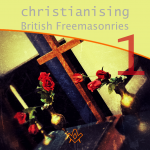 The Christianising of British Freemasonries - P1 This four-part series considers: 1. the separation of British Freemasonries from the Grand Orient of France (GOdF); and, 2. maintaining fraternity with the Prussian Grand Lodge of the Three Globes. |
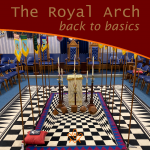 The Royal Arch - Back to Basics In the Royal Arch ceremony, the sojourners are buried with their tools in a vault. The sun, at its highest, provides enlightenment and the principal sojourner is returned to the former companions of his toil |
 The Holy Land and the Holy Sites P4 Fourth instalment of the four-part series, considers ‘masonic’ aspiration and activity regarding the Holy Land and The Holy Sites |
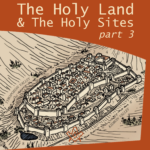 The Holy Land and The Holy Sites P3 Third instalment of the four-part series, considers ‘masonic’ aspiration and activity regarding the Holy Land and The Holy Sites |
 The Holy Land and The Holy Sites P2 The four-part series will consider ‘masonic’ aspiration and activity regarding the Holy Land and The Holy Sites |
 The Holy Land and The Holy Sites P1 In this four-part series, we will consider ‘masonic’ aspiration and activity regarding the Holy Land and The Holy Sites |
 Science and Citizenship: Towards a 21st Century Masonic Mindset. |
 Towards a 21st Century Masonic Mindset: Part 3 ‘Freemasonries’ and the Fourth Industrial Revolution |
 Towards a 21st Century Masonic Mindset: Part 2: ‘Freemasonries’ and Religiosity. |
 Towards a 21st Century Masonic Mindset: Part 1: ‘Freemasonries’ and Governance. |
masonic knowledge
to be a better citizen of the world
share the square with two brothers

click image to open email app on mobile device
Tubal Cain
Masonic Aprons NFT
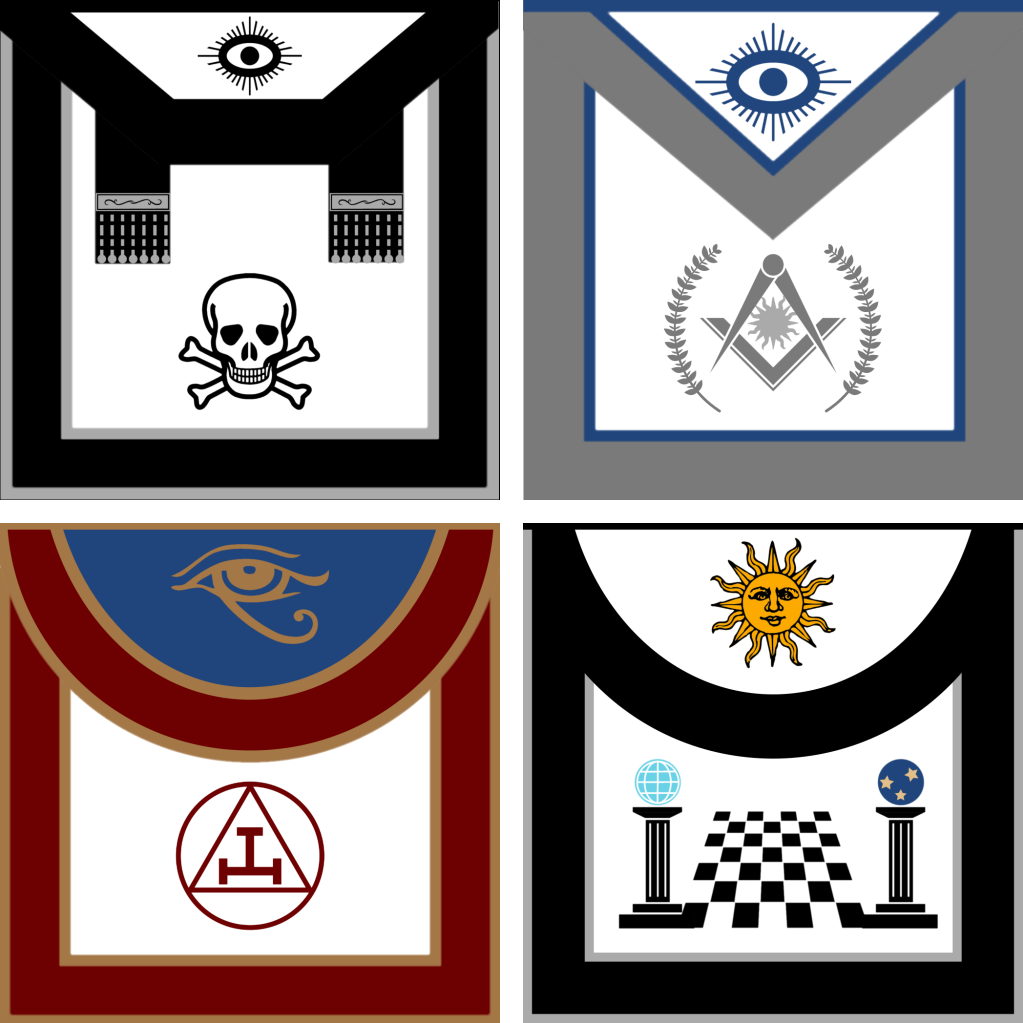



Each Tubal Cain Masonic Apron NFT JPEG includes a full size masonic apron and worldwide shipping
